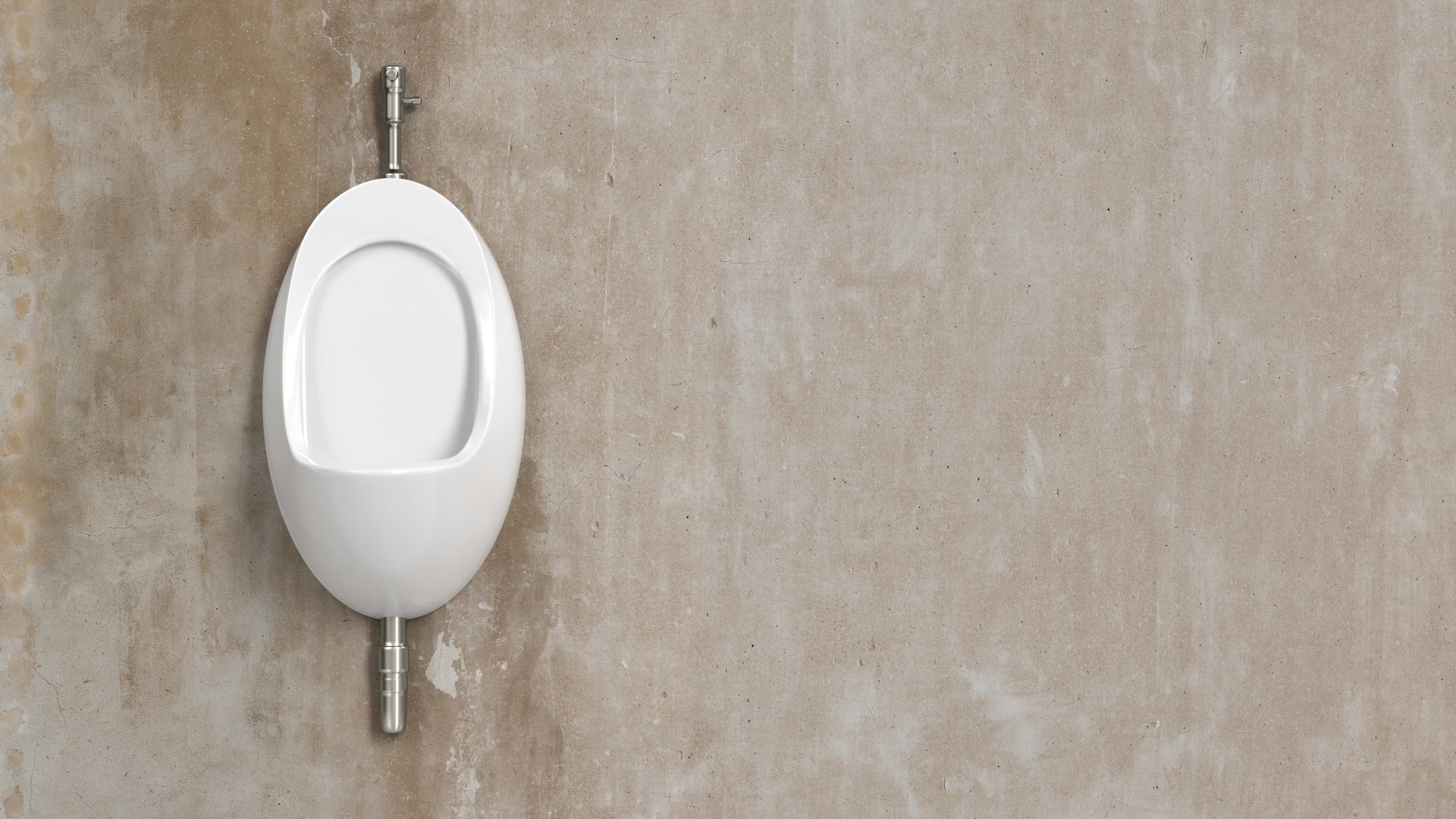Better Living Through Criticism: How to Think About Art, Pleasure, Beauty, and Truth
A. O. Scott: I think that taste hierarchies do exist and they're almost always the kind of the representation of other sorts of hierarchies and assumptions. And that's why I really think that part of the job of criticism is to be against them, is to refuse, at least the categorization of things as high and low.
I think it was Duke Ellington who's often quoted as saying, "There are two kinds of music; good music and bad in music." And everything else is kind of sociology and politics and prejudice and snobbery kind of sneaking in. And we're none of us immune to those things. We live in the world we associate with, who we associate with; we identify ourselves as we identify ourselves. But I think that the job of critics and of criticism is to kind of to push against that. And it has just even historically been the job of critics very often or of criticism to insist on the value and the dignity and the importance of works of art and types of works of art that had been neglected or ignored or disrespected. And it's in fact the rise of criticism, within any of those arts, that gets it to be taken seriously.
Movies are a great example. I mean movies, you know, nobody took movies seriously except like maybe in Germany in the '20s as an art form. And it was critics first in France and then in the United States after the Second World War who said well look no, this junk that's been coming out of Hollywood actually this is a significant modern art form. These people whose names you just see in the credits, Howard Hawks, Alfred Hitchcock, John Ford, Orson Welles, these are artists. This is art. And it was critics who were able to do that and I think jazz critics and rock critics and people who have written about hip-hop and television have done that work too of recategorizing and redefining and challenging the hierarchical assumptions about what is high art and what is low.
The thing that's great about movies is that they are high and low and that they run, you know, there's a very wide spectrum from the most crassly commercial genre of products and the most refined and difficult works of art. And the thing that you discover when you write about criticism is that sometimes the ones that are very low are actually, you know, fantastic works of art and the ones that are very high can be just as terrible and a hacky and stupid as anything else.





